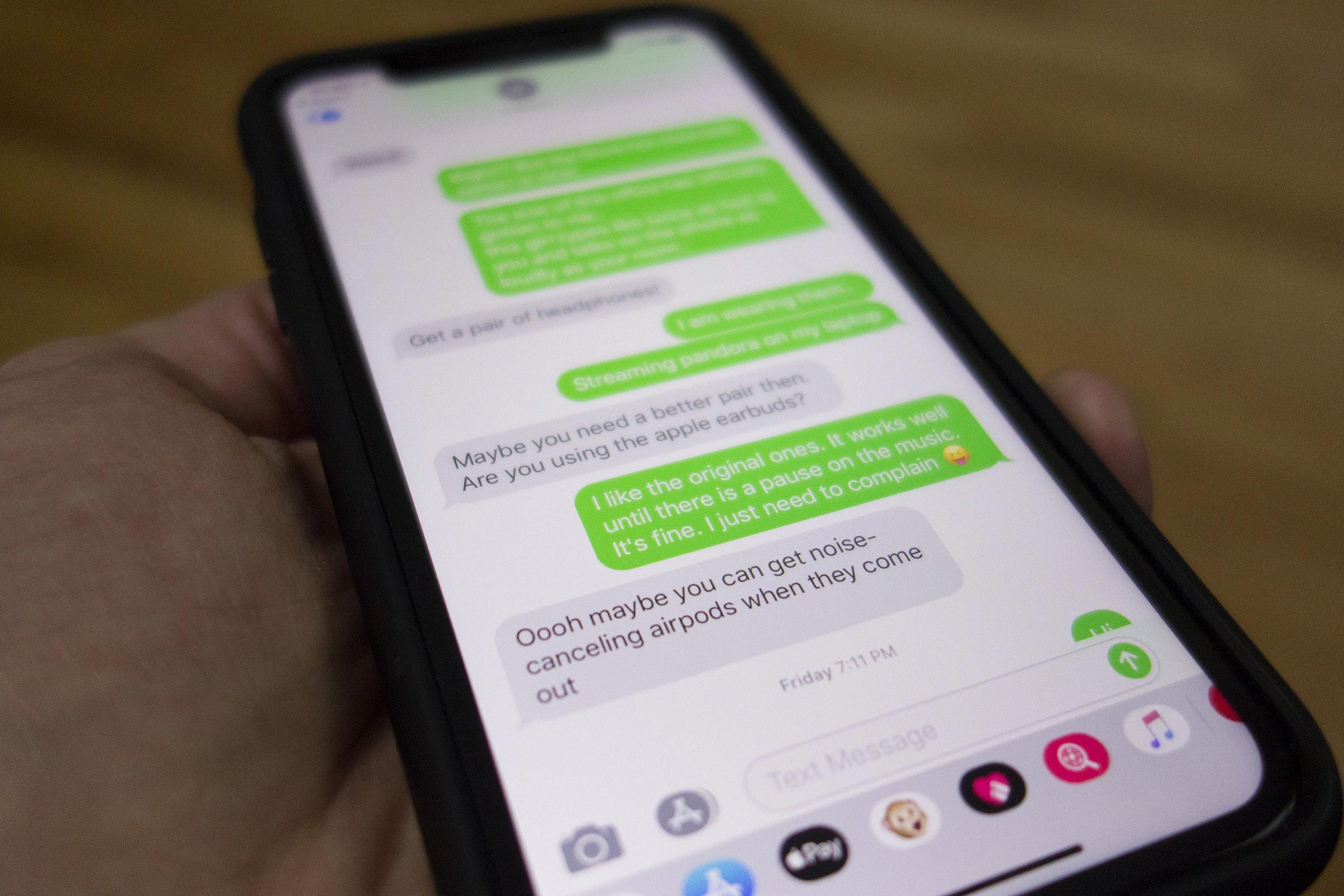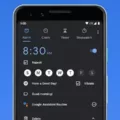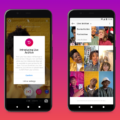Android, the popular operating system that has revolutionized the smartphone industry, has been dominating the market since its debut in 2008. Developed by Google, Android has become the best-selling OS worldwide on smartphones since 2011 and on tablets since 2013. Let’s delve into the fascinating history of Android and its impact on the tech world.
The journey of Android began in 2003 when it was founded as a mobile operating system by Andy Rubin, Rich Miner, Nick Sears, and Chris White. However, it wasn’t until October 2008 that the first Android phone, known as the T-Mobile G1 or HTC Dream in some regions, was released. This marked the beginning of Android’s commercial success and its fierce competition with iOS, the operating system developed by Apple.
In contrast, iOS made its debut in 2007 with the release of the first iPhone, giving Apple an early advantage in the smartphone market. However, Android quickly caught up and started gaining traction with its open-source nature and compatibility with various devices from different manufacturers.
One of the key factors contributing to Android’s popularity is its versatility. Unlike iOS, which is exclusive to Apple devices, Android is available on a wide range of smartphones and tablets from numerous brands. This flexibility has allowed Android to cater to a diverse user base and offer a more affordable alternative to Apple’s premium devices.
Over the years, Android has undergone numerous updates and advancements, introducing new features and enhancing the user experience. Google, the driving force behind Android, typically provides support for the three most recent versions of the operating system. This means that older versions, such as Android 11 or earlier, will no longer receive official updates.
The constant evolution of Android has played a significant role in shaping the smartphone industry. Its open-source nature has encouraged innovation and competition among device manufacturers, leading to a wide array of options for consumers. Additionally, the availability of a vast app ecosystem on the Google Play Store has further enhanced the Android experience.
While Android has established itself as a dominant force in the mobile world, it continues to face fierce competition from iOS. Both operating systems strive to deliver the best user experience and engage in a constant battle for dominance.
Android’s journey began in 2003, but it wasn’t until 2008 that it made its commercial debut with the release of the T-Mobile G1. Since then, it has become the best-selling operating system worldwide on smartphones and tablets. With its versatility, constant updates, and wide range of device compatibility, Android has shaped the smartphone industry and continues to compete with iOS for market dominance.
When Did Android Phone Become Popular?
Android phones became popular in 2011 when they started dominating the global smartphone market. This popularity continued to grow, and Android became the best-selling operating system (OS) worldwide on smartphones. Additionally, Android achieved significant success in the tablet market as well, becoming the top-selling OS on tablets in 2013. Here is a breakdown of the timeline:
– 2011: Android emerged as the best-selling OS on smartphones, solidifying its popularity among consumers. The user-friendly interface, vast app ecosystem, and customization options contributed to its success.
– 2013: Android’s popularity extended to the tablet market, surpassing other operating systems and becoming the leading choice for tablet users worldwide. This further cemented Android’s position as a dominant force in the mobile industry.
It’s worth noting that Android’s popularity has continued to increase over the years, with regular updates, improvements, and new features being introduced by Google and various smartphone manufacturers. As a result, Android has maintained its position as the most widely used and popular operating system on both smartphones and tablets.

Which Is First Android Phone?
The first Android phone ever released was the T-Mobile G1, also known as the HTC Dream. This groundbreaking device hit the market in October 2008 and paved the way for the Android operating system to become the dominant force in the mobile phone industry. Here are some key points about the T-Mobile G1:
– Release Date: The T-Mobile G1 was launched in October 2008, making it the first commercially available Android phone.
– Manufacturer: The device was manufactured by HTC, a Taiwanese company renowned for its innovation in the smartphone industry.
– Operating System: The T-Mobile G1 ran on Android 1.0, which was a brand new operating system developed by Google specifically for mobile devices.
– Features: The T-Mobile G1 introduced several features that were novel at the time, including a full QWERTY keyboard, a touchscreen display, and a trackball for navigation. It also had a 3.2-megapixel camera, 3G connectivity, and access to the Android Market (now known as Google Play Store) for downloading apps.
– Design: The design of the T-Mobile G1 featured a slide-out keyboard, which was a popular feature among smartphone users at the time. It had a 3.2-inch touchscreen display with a resolution of 320×480 pixels.
– Reception: The T-Mobile G1 received mixed reviews upon its release. While some praised its innovative features and the potential of the Android operating system, others found the device to be clunky and lacking in comparison to established competitors like the iPhone.
Despite the initial mixed reception, the T-Mobile G1 laid the foundation for the Android ecosystem to flourish. It opened the doors for countless Android devices to follow and revolutionized the smartphone industry.
Which Came First Android Or IOS?
IOS came first, making its debut in 2007 with the release of the first iPhone. Android, on the other hand, was founded in 2003 and made its commercial debut in 2008. These two operating systems have since shaped the smartphone industry and continue to compete for dominance in the market.
Here is a breakdown of the timeline:
– 2003: Android is founded by Andy Rubin, Rich Miner, Nick Sears, and Chris White.
– 2007: Apple introduces the first iPhone, which runs on iOS.
– 2008: Android makes its commercial debut with the release of the HTC Dream, also known as the T-Mobile G1. This marks the first Android-powered smartphone.
– 2009: Apple releases the iPhone 3GS, the third-generation iPhone, running on iOS.
– 2010: Android gains popularity with the release of multiple smartphones running on the operating system, including the HTC Desire and Samsung Galaxy S.
– 2010: Apple introduces the iPhone 4, featuring a high-resolution Retina display and a front-facing camera.
– 2011: Android surpasses iOS in terms of market share, becoming the most popular mobile operating system worldwide.
– 2013: Apple introduces iOS 7, featuring a major redesign and new features.
– 2014: Android continues to dominate the market with the release of smartphones from various manufacturers, including Samsung, LG, and HTC.
– 2014: Apple releases the larger iPhone 6 and iPhone 6 Plus, catering to the demand for bigger screens.
– 2016: Android and iOS continue to evolve, introducing new features and improvements with each iteration.
– 2020: Android and iOS remain the leading mobile operating systems, with a vast ecosystem of apps and services available on both platforms.
IOS came first with its debut in 2007, while Android entered the market in 2008. Since then, both operating systems have played a significant role in the development of smartphones and continue to compete for user loyalty and market share.
Which Android Version Is Outdated?
The outdated Android version is Android 11 or any previous versions. Google typically provides support for the three most recent versions of Android, which means that older versions, such as Android 11 or earlier, will no longer receive official updates. For instance, if Android 14 is the latest version, Google will continue to support Android 12, 13, and 14. This means that Android 11 or any earlier versions are considered outdated and no longer receive official updates from Google. It is important for users to keep their devices up to date to ensure they have the latest features, security patches, and bug fixes.
Conclusion
Android has been the best-selling operating system worldwide on smartphones since 2011 and on tablets since 2013. It made its commercial debut in 2008, following the release of the first iPhone and the debut of iOS in 2007. Since then, Android and iOS have shaped the smartphone industry and continue to compete for dominance in the market.
Google, the company behind Android, typically provides support for the three most recent versions of the operating system. This means that if Android 14 is the latest version, Google will continue to support Android 12, 13, and 14. However, older versions, such as Android 11 or earlier, will no longer receive official updates.
Android’s success can be attributed to its widespread availability on various smartphone brands and the flexibility it offers to both users and developers. It has a vast app ecosystem through the Google Play Store, providing users with a wide range of applications and services to choose from.
As technology continues to advance, it is essential for users to keep their Android devices updated with the latest operating system versions to ensure they have access to the latest features, security enhancements, and bug fixes.
Android has revolutionized the mobile industry and continues to be a dominant force in the market, providing users with a powerful and customizable operating system for their smartphones and tablets.




